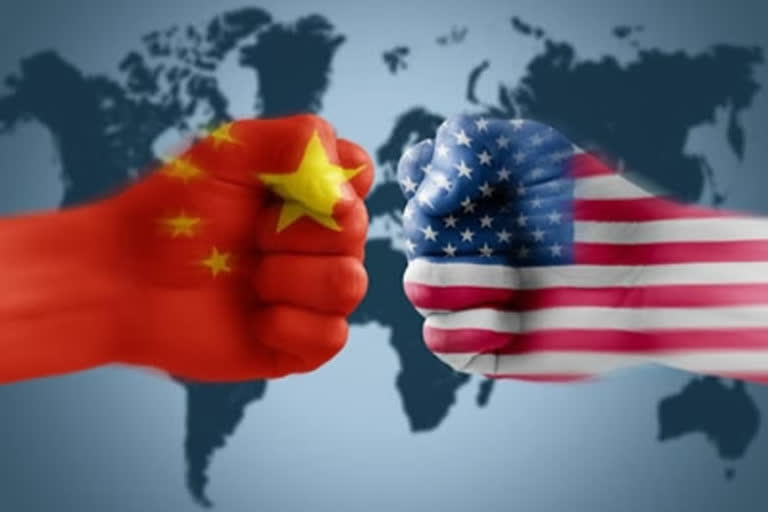New Delhi: A key United States Congressional panel on defence has said China may overtake the US in terms of military capability in as less as five years from now on.
Painting a grim scenario for the US, “The Future of Defense Tasks Force report, 2020” released by the House Armed Services Committee on Thursday (India time), said: “There is consensus among national security experts that China is increasing its ability to compete so rapidly that it could overtake the US in military capability in as few as five years.”
The report says that by 2030 when China becomes the world’s largest economy, if the US defence posture maintains its current trajectory, 70 percent of the US military’s systems will be legacy platforms when that occurs.
It means the US will remain invested in old military technology even as China aggressively explores new areas.
And if the US is to go with the recommendation given by the panel, it may take measures to ensure that foreign students studying Science, Technology, Engineering, and Mathematics (STEM) in the US stay back and contribute to help maintain its military edge in a fast-changing world.
And a lot of them may be Indians and Chinese.
Read: US charges 5 Chinese citizens in global hacking campaign
In 2017-18, of the total foreign STEM students in the US, China with 162,050 students and India with 153,876 were the leading countries of origin of STEM students, accounting for 70 per cent of all foreign STEM students in the US. Saudi Arabia was a very distant third.
Expertise in STEM is considered vital in military applications. In 2017, foreign-born students accounted for 54 percent of post-graduate degrees and 44 percent of doctorate degrees awarded in STEM fields in the US.
The report recommended: “US should increase its investment in science, technology, engineering, and mathematics within the Department of Defense and foster STEM talent through a whole-of-government approach to ensure the nation’s scientific and technological advantage in the public and private sectors endures.”
It suggested: “Support H.R. 7256, the National Security Innovation Pathway Act, which provides a mechanism to retain U.S.-educated experts to continue working in the defense innovation base on critical technologies, and H.R. 6526, the STEM Corps Act, which enhances STEM and computer science within the Department of Defense workforce….Improve hiring pathways and increase compensation for STEM careers at the Pentagon and in the private sector; create a military commissioning source for STEM talent.”
The panel also recommended that the US must strengthen growing relations with Asian countries like India to further its interests.
Notably, India and China, with the world’s two largest armies, are currently engaged in a military standoff at various points along the Line of Actual Control (LAC) the de-facto border. More than 1,00,000 troops besides military assets have been mobilized by both sides in the icy cold and inhospitable terrain in eastern Ladakh.
Also read: H1B Visa Termination: A critical analysis of the change in the visa policy of the United States



